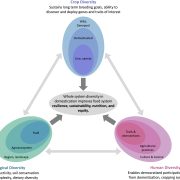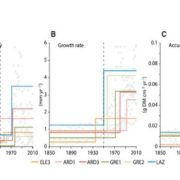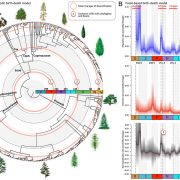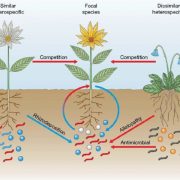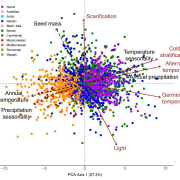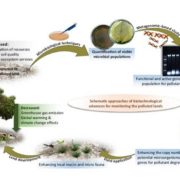Impact of Conventional and Integrated Management Systems on the Water-Soluble Vitamin Content in Potatoes, Field Beans, and Cereals ($)
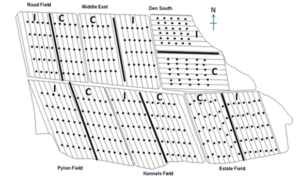 J. Agric. Food Chem. Agriculture in the EU is shifting towards a more sustainable use of resources and preservation of the biodiversity. This process requires a careful assessment of the balance between economic and environmental demands. To achieve this goal, the James Hutton Institute set up a long-term experimental platform.
J. Agric. Food Chem. Agriculture in the EU is shifting towards a more sustainable use of resources and preservation of the biodiversity. This process requires a careful assessment of the balance between economic and environmental demands. To achieve this goal, the James Hutton Institute set up a long-term experimental platform.
Freitag et al. present a comparison between conventional and integrated agricultural management in Scotland for what concerns crops nutritional values. The experiment lasted for five years (from 2010 to 2015) and was conducted on several varieties of potato, field beans, Spring barley, Winter barley and Winter wheat. The researchers compared the concentrations of five water soluble vitamins: nicotinic acid, pyridoxine, thiamine, riboflavin, and pantothenic acid.
This comprehensive work did not highlight any significant improvement in vitamin content for the integrated-grown crops. The only change between the two agricultural systems – consistent in several crops – was a lower level of thiamine in the integrated-grown crops. This is coherent with previous findings that suggested a link between a surplus of ammonium fertilization and an increase of vitamin B1 in crops. (Summary by Elisa Dell’Aglio) J. Agric. Food Chem. 10.1021/acs.jafc.7b03509



